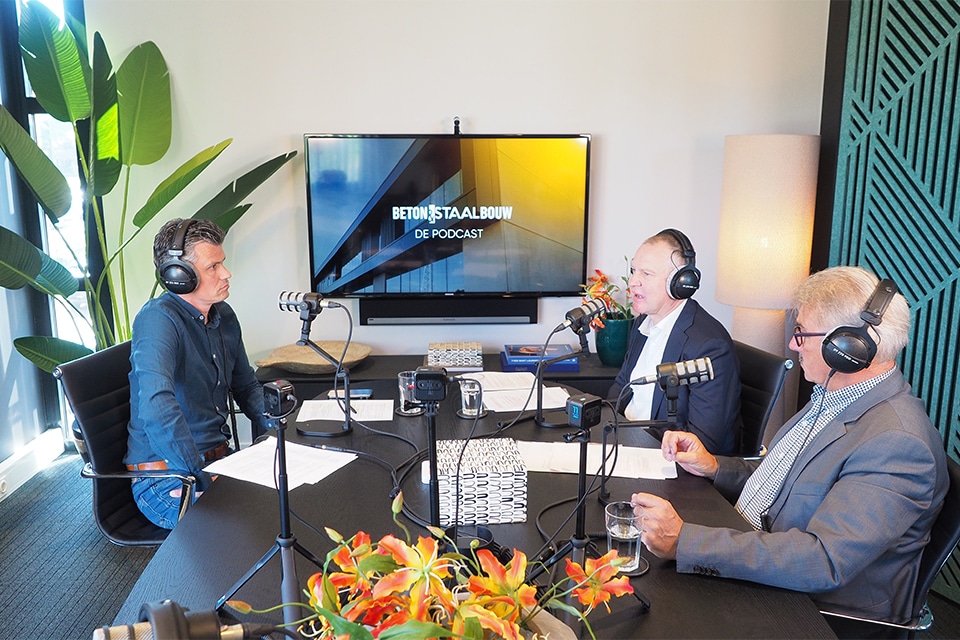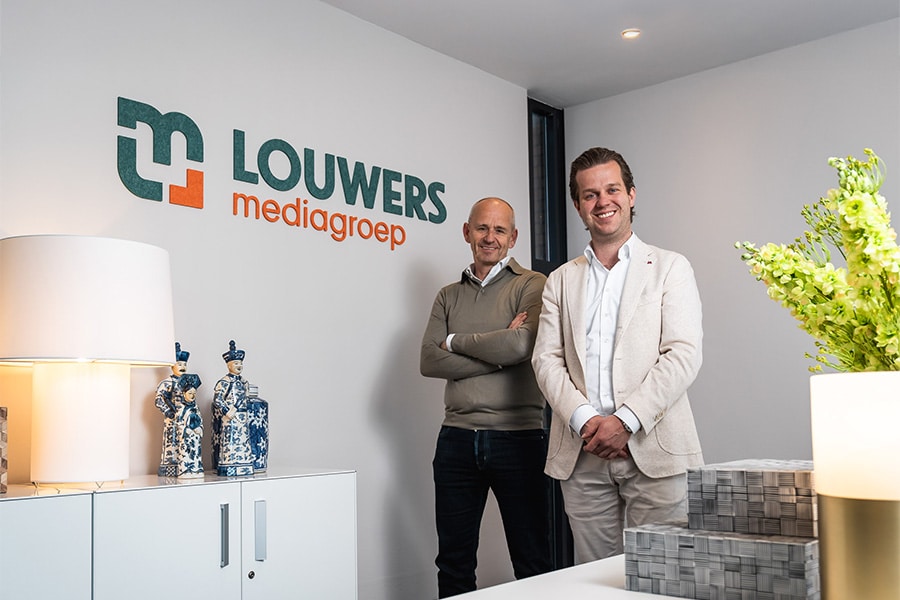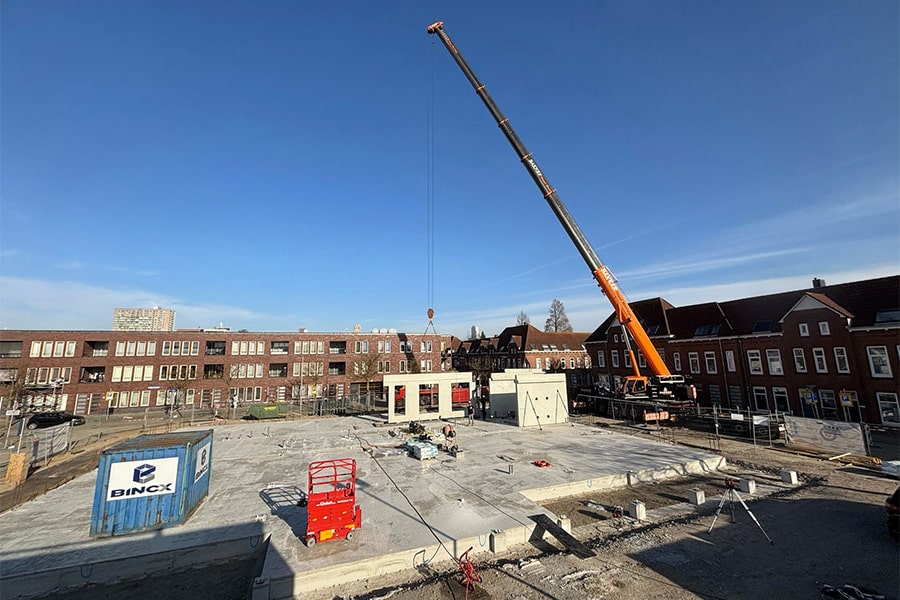
interview | Steel business faces robust transition
As of this spring, the Steel Federation may call itself Royal Steel Federation. For the centennial federation, this recognition is of great value and means much more than the proverbial crowning glory.
With 49 members, the Steel Federation is a relatively small association. However, it represents a major social interest and plays an important role in the Dutch manufacturing and construction industry. "The predicate helps us move forward in recognizing who we are," explains Hans Hilbrands, chairman and also director of Reesink Staal. "It gives us a push to continue what we are doing. We do an awful lot of lobbying behind the scenes. The trick is to get contracts that benefit the steel industry."
Split
The steel sector is a conservative one. It has traditionally traded heavily on volume and purchasing advantage. If the sector wants to be future-proof, Hilbrands says it should focus much more on adding value for its customers. "Until the beginning of this century, the government was a determining factor in many sectors. Market forces made their appearance, so these sectors had to change. In fact, the Steel Federation had to reinvent itself. A difficult road we took, but one with many opportunities."
Digitization
The main themes at play are digitization, innovation, logistics, finance and human resources. "We cannot avoid digitalization. Partly because of the shortage of personnel in general and skilled workers in particular. We need to standardize much more, for example by working with standard item numbers at the manufacturer level. It is up to the individual steel builders to take that up, encouraged by parties such as the Samenwerkende Nederlandse Staalbouwers."
Strategic partners
To indicate how steel companies can respond to this or are already doing so, Hilbrands gives the example of his own company Reesink Staal. "We have already made considerable strides with the software. In this we are pulling together with all our customer groups. You then also see that our role is changing. Customers are asking more for semi-finished products that they can use immediately. We have to look more at the value we can add. We are bringing the decision moments forward. We say to the customer, 'Tell us what you are going to make, we can provide those appropriate solutions.' Customers become much more strategic partners that way. That requires flexibility from us as a company and from all other steel traders."
Solid transition
In the next ten to fifteen years, Hilbrands therefore foresees a robust transition within the steel trade. For a steel trade to have a future, it will have to grow into a supplier of semi-finished products. A process of at least a generation. "In many companies a new wind is blowing with the arrival of the younger generation. Now is the time to change. If we want to stay ahead of the competition, we have to innovate."



